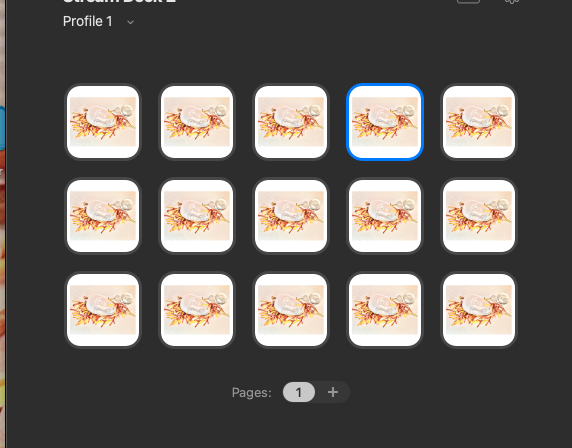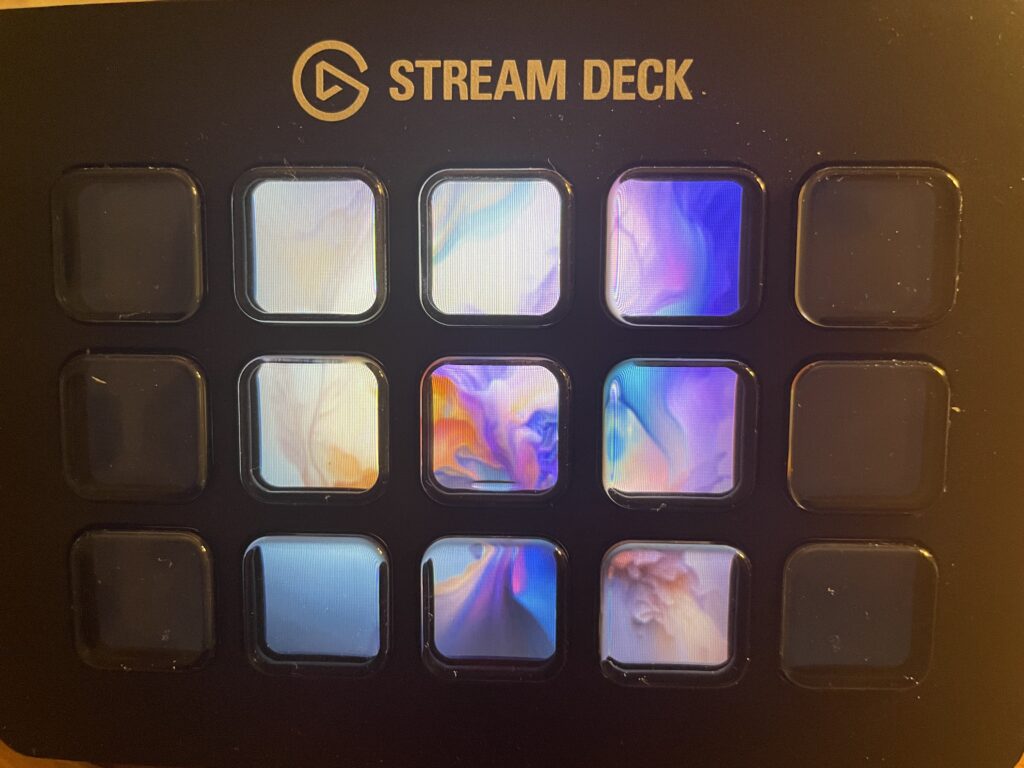
Are You in the Stream Deck Loop?
Are you in the stream deck loop? Chances are that if you are computer gaming enthusiast or if you know one, you know what a stream deck is. If you are not live streaming games, the question is, should you consider using a stream deck?
Let’s back up a bit and explain what a stream deck is, for those who might not know.
What is a Stream Deck?
A stream deck is a piece of USB powered hardware for computers with a set of programmable keys. It was originally designed to help enhance live streaming capabilities and content creation without interrupting the flow on the screen.
One of the most popular devices is the El Gato Stream Deck. The El Gato brand launched it’s first product in 2017 according to their website. This means that this type of packaged products have been around for at least 5 years.
From what I have read elsewhere, by the time this device hit the market, some motivated live streamers and creatives were already using their own customized setups to enhance their work flows.
And so even though the stream decks are a must have for those who want to take their gaming and live-streaming to the next level, it is a pretty handy device that can help streamline workflows for pretty much anyone who does a great deal of computer work.
The most attractive feature that lures people into acquiring one of these is the ability to add pizzaz to video/audio production, presentations and of course live streaming. It has great functionality for the addition of frames, text, images, audio mix, etc. This is by far the most complicated part of working with stream decks.
However, the easier function are the most helpful for ordinary computer users, and this is what has most attracted me to it.
The device provides the ability to create profiles so that you can switch between them according to the work functions that you are performing. A good organization structure to the profiles and within them, can reduce the amount of time that it takes to get into the flow of things when switching between different functions.
For example, you can set up profiles associated with different softwares, such as teams, zoom, word, excel, etc.
Some of the programmable 1 key stroke functionalities;
- open applications, folders or files
- direct links to websites
- contain shortcut key strokes
- toggle switch for two functions, like on/off, expand/minimize, editing functions, etc.
- multi-action switch, with more than 2 functions, like open two programs at the same time
- multi-action process, for example, as a host, create a chat message with spaced out instructions during a zoom meeting
- Navigation
- Many other basic and advanced functions, including those for video production and streaming
So how do you get up to speed with this technology?
The complexity present in the use of these products is more or less as follows:
- the hardware has to be integrated with a separate open broadcasting software
- the open broadcast software is available from more than one vendor
- So to begin with, you have to decide which hardware device you want,
- then you have to decide which software version you want to work with
- Then there is the programming of the keys for the desired functions
To embark on this process, I suggest you decide on the device and the software to operate it first. Then study the basic key types. Next, sketch out the desired profiles with basic key functionality, and program keys accordingly.
Only after the basics are set up, would I recommend you begin to study the functionality of the more complex processes, specifically the enhanced video production and live streaming functionality.
If you are someone who learns something new often, this process will not be that difficult. You’ve got this.
Are you someone who imagines this being a bit difficult? In my opinion, this process is not as difficult as it seems.
Approach it one step at a time with focus and determination. You can be using this device in less time than you think.
Practice a lot to gain confidence with the basics. If you do, you will feel less apprehensive when it’s time to tackle the more complex steps.


The photo on the right is the idle device dashboard. The other two images in this post came about partly due to practicing the different functions and partly due to silliness. The repeated image screen is not very practical. It is quite helpful to use icons that closely match the function so that it is easier to locate the keys that you need.
The OBS software provides a library of icons. However, you can also create your own.
Feel free to reach out via the contact page if you think I may be able to answer a question for you.
Read more aspiringcreativesoul articles. Subscribe, follow and share!